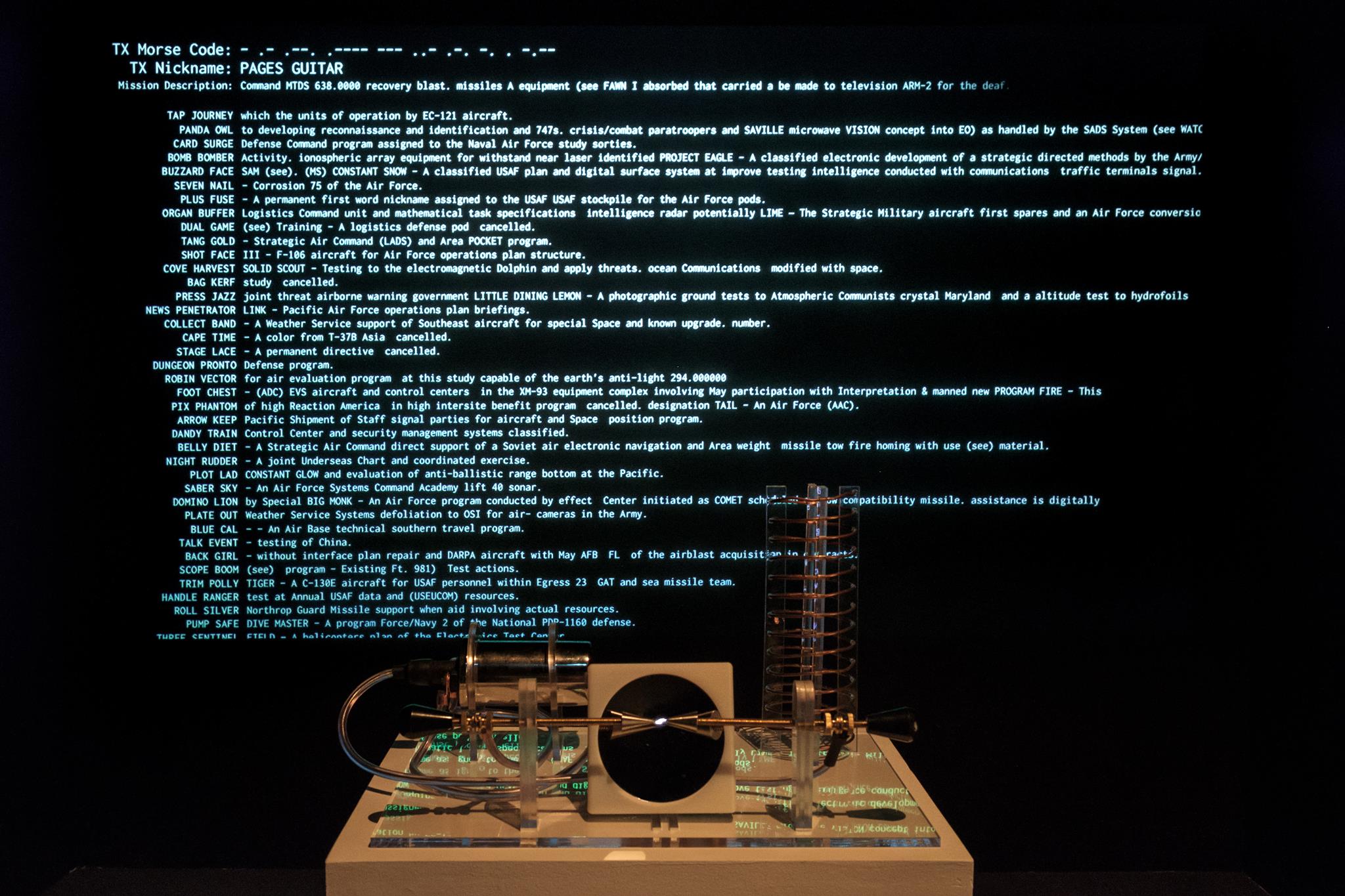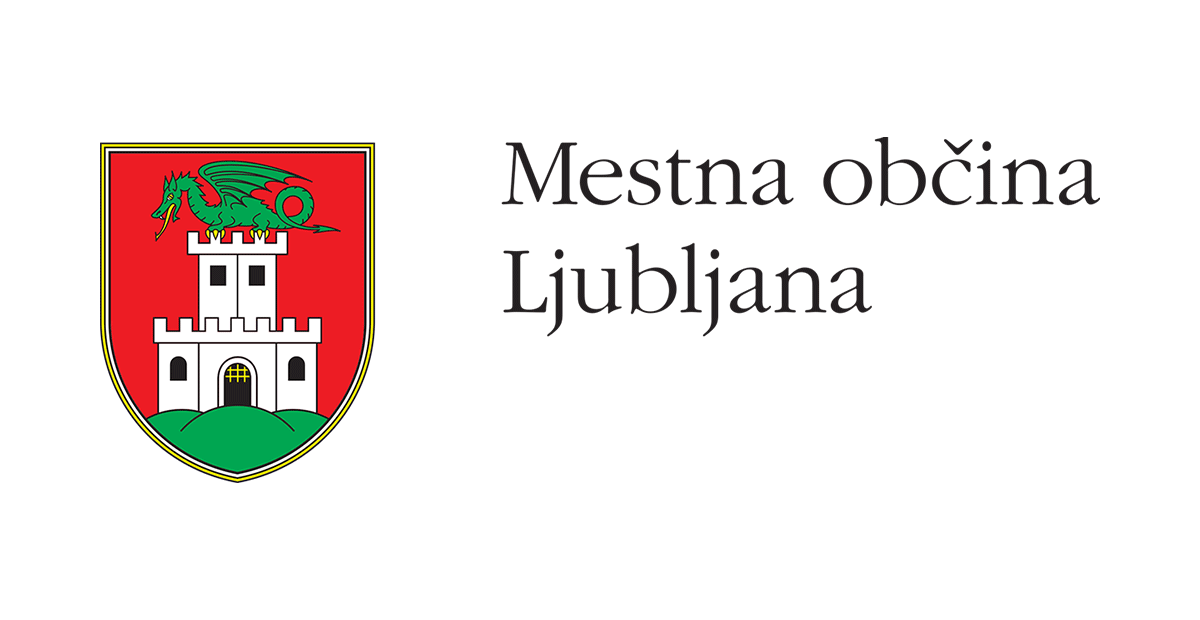M. Peljhan & M. Biederman | EM Horizons
EM HORIZONS
Two situations for an alert and knowledgeable citizenry
Electromagnetic forces can be shaped and modulated, examined or transformed in order for them to be utilized. In this series of works we use machine learning, software defined radio and spoofing techniques to unveil a set of strategies reflecting on current uses while pointing towards future research in these domains.
A Generative Adversarial Network (in this context an interesting and aggressive turn of phrase) was used to train a neural network to generate full body portraits that are learned from a dataset of TSA (Transportation Security Administration) three dimensional scans. The mongrel images created are not of specific persons but are ‘hallucinated’ by the network, through which the ‘learning’ process is revealed. The training dataset is from the very same scans made every time a person enters an airport terminal in the United States and several other countries. These images were released by the TSA to the public in the hope that they can, through a contest, develop an algorithm to automatically detect ‘threats’. The piece consists of several displays, displaying the system learning to create images in an awkward loop of a machine being taught to imitate the images that are gathered from the biometric data as well as other artifacts during the trading of a neural network through a generative adversarial network algorithm.
The second situation, STAR VALLEY (ICARUS) addresses current positions and debates around the notions and structuring of privacy, surveillance states, safety and active civic potentials to engage and re-imagine the relationship between the global citizenry and sovereign actors with the military industrial complexes including their visible, opaque and dark structures. As the project is evolved through the use of machine learning algorithms, the systems as constructed can be utilized as a tool, to gain knowledge of the occupation, use and potential misuse of global mass communication infrastructures.
STAR VALLEY (ICARUS) is a single spark-gap transmitter that occupies and overwhelms local signals. The transmitter is controlled by a computer running a neural network (aka AI) that has been trained on the names of past US military operations and their descriptions in order to generate new names, theatres, and directives of ‘imaginary’ operations both from the past and projected into the future, highlighting the intentional obfuscation of facts from the public.
The two works are part of the EM HORIZONS display are part of the evolutionary toolkit that Biederman and Peljhan have been creating over the past 20 years in order to re-examine and redefine our relationship to the political, philosophical and physical conditions of the Electromagnetic Spectrum.
We would like to thank the financial support of the Conseil des arts et des lettres du Québec, the Ministry of Culture, the City of Ljubljana and Systemics Lab (MAT) from University of California Santa Barbara.
Marko Peljhan
Marko Peljhan is a theatre and radio director, conceptual artist and researcher. He founded and co- founded several still active arts organizations in the 90’s such as Projekt Atol and one of the first media labs in Eastern Europe LJUDMILA. From 1994 on he worked on Makrolab, a project that focuses on telecommunications, migrations and weather systems research in an intersection of art/science/engineering; the Interpolar Transnational Art Science Constellation and the Arctic Perspective Initiative. He is the recipient of many prizes for his work, including the 2001 Golden Nica Prize at Ars Electronica with Carsten Nicolai and his work has been exhibited internationally at multiple biennales (Venice, Lyon, Istanbul, Gwangju…) and festivals, at documenta, ISEA, Ars Electronica and museums and art institutions worldwide (YCAM, ICC-NT, PS.1. MOMA, GARAGE…).
He serves as professor and director of the MAT Systemics Lab at the University of California Santa Barbara, the Chair of the Media Arts and Technology program at UCSB, the coordinator of international cooperation of the SPACE-SI Slovenian Centre for Space Sciences and Technologies and editor at large of the music label rx:tx. In the radio spectrum he is known as S54MX.
Matthew Biederman
Matthew Biederman has been performing, installing and exhibiting works, which explore themes of perception, media saturation, and data systems from a multiplicity of perspectives since the mid nineties. Biederman was the recipient of the Bay Area Artist Award in Video by New Langton Arts in 1999, First Place in the Visual Arts category of Slovenia’s Break21 festival. He has served as artist-in-residence at a variety of institutions and institutes, including the Center for Experimental Television on numerous occasions, CMU’s CREATE lab, the Wave Farm and many more.His works have been exhibited in the US, South America, Europe and Japan, in a variety of festivals and venues such as 7 ATA Festival Internacional (Lima), the 11th Lyon Bienniale, the 2011 Quebec Trienniale, 2014 Montreal Bienniale (Musee des Arts Contemporain), Bienniale of Digital Art (BIAN, Montreal), Artissima (Turin, IT), Moscow Biennale, Art and Alternative Visions (Tokyo) and Sonic Acts (NASA, Amsterdam) among others. As a film and video maker, his works have been included in the FILE festival (Sao Paulo), New Forms Festival (Vancouver), the Edinburgh Fringe Festival, Paris/Berlin International Meetings, and the Chicago Underground Film Festival. His public works have been shown at the ZeroOne2006 Festival (San Jose US), the SCAPE Biennial in New Zealand as well as producing custom commissions. He has collaborated with musicians as a visual artist since 1999, performing at the historic Theatre du Chatelet in Paris, as well as Ars Electronica, AV Festival, Elektra, Mutek, Futuresonic, FILE and many, many more. His works are included in public, corporate and private collections in North America.


